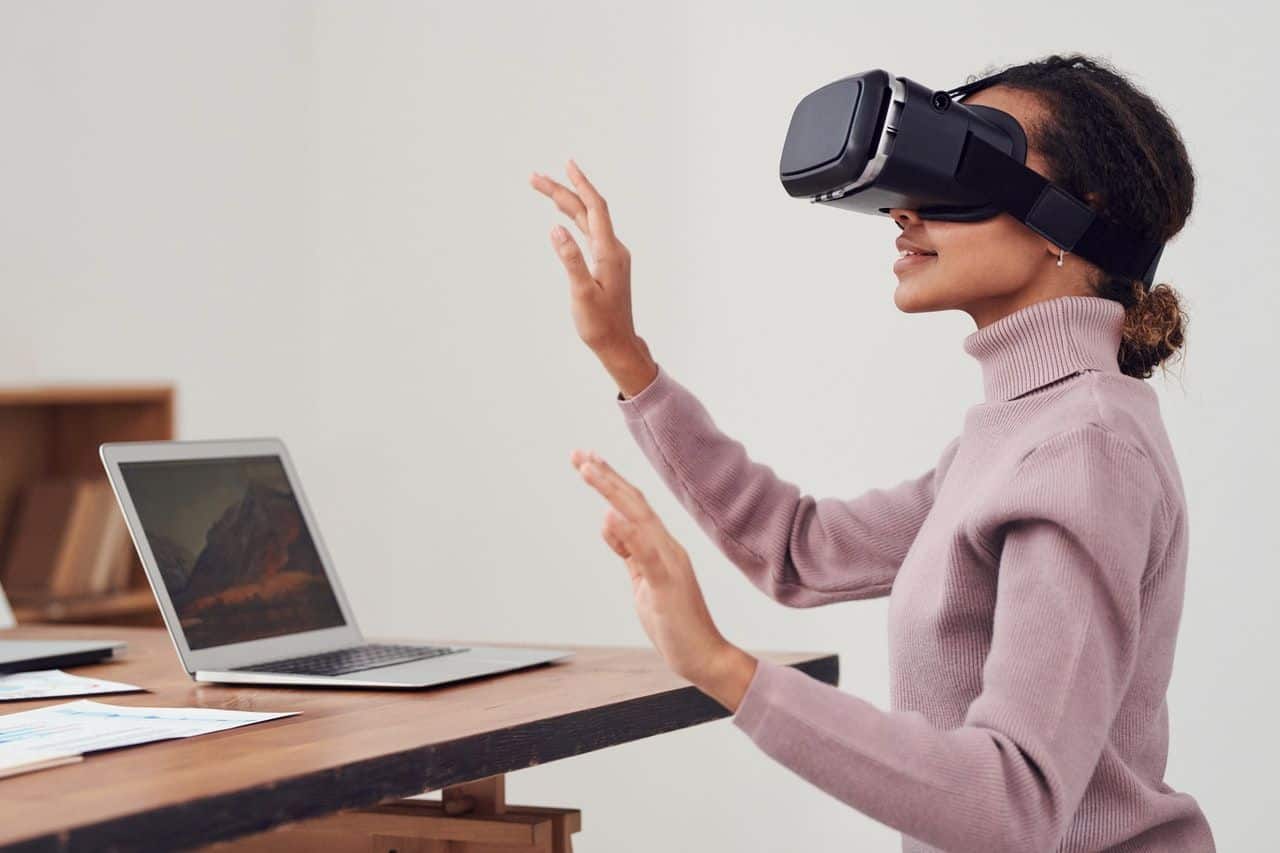The virtual world reality is not all about entertainment as we’ve all thought thus far! Have you ever wondered whether VR technology is used for different kinds of treatments and full-on therapies?
To be honest, the thought never crossed our minds, but medical specialists already utilize VR for aiding people with PTSD, the treatment of anxiety disorders and phobia, CBT (Cognitive behavioral therapy), stress, and many more ailments.
This is mostly because doctors tend to prescribe lots of drugs to treat these disorders. And with the help of VR technology, the adverse effects are minimized to almost non-existent.
So, let’s see which type of therapies are perfectly suitable to be treated with virtual reality.
CBT and Exposure Therapy
In a nutshell, Cognitive behavior therapy is given by clinic experts who have been educated in psychological health diseases, and especially CBT. People often visit short sessions focused on a single issue with only one goal – identifying, recognizing, and changing troubling thinking patterns.
CBT is used in conjunction with exposure therapy (ET), enabling individuals to confront their troublesome ideas and worries head-on. This successfully decreases the person’s maximum tension and anxiety when faced with the thing that generates their concern.
For instance, if an individual is worried about, let’s say, plane disasters and catastrophes, they may refuse to fly in a plane altogether. Alternatively, this can manifest in socializing with other people if they are concerned about how others view them in public scenarios.
VR can now convincingly imitate lots of these anxious events, making the events as safe as possible, controlled, and a successful way to resolve CBT and ET.
PTSD Treatment Through VR
Virtual reality therapy has been widely employed to provide prolonged exposure therapy, or for short, PTE – exactly for PTSD from the late 1990s. This therapy is used primarily for the rehabilitation of troops and combat veterans.
For individuals suffering from PTSD, a detailed examination of their baseline trauma will allow the clinician to plan ahead of time which virtual reality software they should utilize. This might include subjecting soldiers with PTSD to a VR scene where their brother comrades are being killed and wounded, accompanied by fewer environmental stressors, such as merely hearing the noises of battle.
On the flip side, gradable exposure is a more passive attitude wherein the least unpleasant stimulus is presented. In comparison to real-life experience, exposure to virtual reality does have the benefit of giving the individual a realistic sense, not including the dangers and expenditures.
Virtual reality treatment has a lot of potential because it consistently generates a “recovery” around 90% of the time, for roughly 50% of the cost of typical PTSD therapy.
According to a recent study, VRT was just as effective as a mixture of medication regimen therapy plus virtual reality treatment. In reality, a few of the medications investigated caused PTSD patients to have a poorer prognosis.
This kind of military PTSD isn’t the only existing ailment. Many individuals in the U.S. are suffering from prior rape or sexual assault-induced PTSD. Lots of these instances are not reported or treated, which is regrettable since there are extremely effective VR therapies out there.
Anxiety Disorders and Phobias
Similar to PTSD therapy, virtual reality therapy has long been utilized in institutions to alleviate phobias and other anxiety problems. Due to the evident and large number of individuals suffering from anxiety disorders and phobia-induced panic attacks, therapeutic dispersion via VR or self-guided treatment might create a significant effect.
These are the advantages of VR therapy for phobias and anxiety disorders.
- Enabling the individual to undergo treatment without inducing a lot of anxiety. For instance, if the patient has thalassophobia (phobia of deep waters), it’s absolutely simpler to get them to use virtual reality treatment and cooperate rather than forcing them to a designated real-life location.
- The patient’s security and secrecy – meaning that individuals don’t have to worry about embarrassing themselves by bumping into somebody they recognize or even becoming extra emotional in a public setting.
- If the patient is frightened of deep waters, VR therapy can meticulously manipulate the circumstances so they won’t have to dive in too deep.
- VR phobia treatment is actually more realistic than going to, let’s say, the sea. The thing is, even if you go to the sea in real life, you won’t plunge in the water, whereas with VR treatment, you’ll be set underwater without receiving a panic attack.
Bottom Line
VR can now imitate lots of instances that induce anxiety, panic attacks, and phobias in patients. Even the VR PTSD treatment is reaching heights of almost fully alleviating the instance that caused the disorder, but it can take a lot of time and preparations beforehand.
Nonetheless, these disorders are a clear match for virtual reality treatment – especially cognitive behavior and exposure therapy!
- Gemini vs. GPT4 – Which One to Use? - December 17, 2023
- Can You Play Oculus Quest 2 Offline Without Wifi - November 10, 2023
- VR Sickness – What You Need to Know - September 17, 2023
















